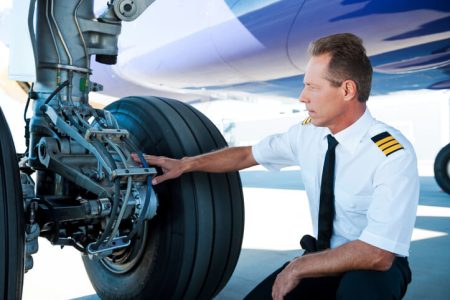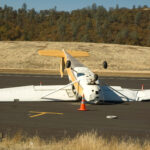Building a Safety Culture in Part 135
In the world of Part 135 charter flying, safety isn’t just about procedures; it’s about people. While the FAA establishes the regulatory framework, it’s up to each operator to create a culture that prioritizes safety over speed, profit, or convenience. In an environment where pilots, aircraft types, and missions vary widely, that’s no small feat.
Unlike Part 121 airline operations, which are large, highly structured, and often unionized, many Part 135 companies are smaller and more decentralized. That means pilots may operate different aircraft types, fly into unfamiliar airports, or work under looser oversight. Add in time pressures, customer expectations, and diverse crew backgrounds, and you’ve got a recipe for potential risk—unless a strong safety culture holds it all together.
So, what does that look like in practice? It starts at the top. When company leadership genuinely values safety—not just in policy but in action—pilots and employees are empowered to speak up. Open reporting systems, regular training, and an emphasis on human factors all play a role. But culture isn’t built overnight—it requires constant reinforcement and buy-in across the board.
Key Components of a Strong Safety Culture in Part 135
- Leadership commitment – Safety must be more than lip service; it must be visible and consistent.
- Non-punitive reporting systems – Encourage pilots and staff to report hazards, mistakes, or near misses without fear.
- Data-driven decision making – Use flight data monitoring (FDM), audits, and debriefs to improve operations.
- Recurrent training & scenario-based learning – Go beyond the regs with real-world decision-making practice.
- Focus on human factors – Fatigue, communication, distraction, and stress must be addressed regularly.
- Maintenance transparency – Mechanics and pilots should share information freely, without judgement or concern.
- Clear operational standards – Standard operating procedures (SOPs) help reduce variation and support consistency across crews.
The Human Element: Why It Matters More Than Ever
At the heart of a safety culture is trust. Trust that speaking up won’t backfire, trust that leadership will listen, and trust that doing the right thing will always be rewarded. Pilots in 135 operations often operate solo or in unfamiliar environments, which means personal decision-making plays a bigger role than in airline operations. When culture supports caution, backup plans, and self-assessment, pilots are far more likely to make safe choices, even under pressure.
A culture of safety also improves retention, reputation, and operational success. Clients may not ask about your SMS (Safety Management System), but they feel the difference when they fly with an operator that does things the right way. In a high-stakes industry where the margin for error is slim, safety isn’t just a responsibility; it’s a competitive advantage.
Generational Learning: Setting the Tone for New Pilots
One of the defining characteristics of Part 135 flying is the wide spectrum of pilot experience. Some pilots are just starting their careers, building time after completing flight school or a CFI stint, while others are seasoned aviators with decades of experience in the sky. In many Part 135 operations, these less-experienced pilots look to the veterans not just for technical skill, but also for how to behave in the operation. Senior pilots become unofficial mentors—setting the tone for how to brief passengers, how to make conservative go/no-go decisions, and how to interact with dispatch and maintenance. In this environment, modeling good safety practices isn’t just valuable—it’s vital. Culture spreads fast, especially among young pilots eager to fit in. And that’s why leading by example is one of the most powerful safety tools of all.
Safety is a Shared Mindset
A safety culture isn’t written in a manual—it’s lived in daily decisions, crew briefings, maintenance logs, and leadership meetings. For Part 135 operators, where variability is the norm and human factors are front and center, cultivating a safety-first mindset is one of the most important things you can do. Because when everyone is safe, everyone gets home.
RELATED CTS TRAINING
RELATED CTS TRAINING









